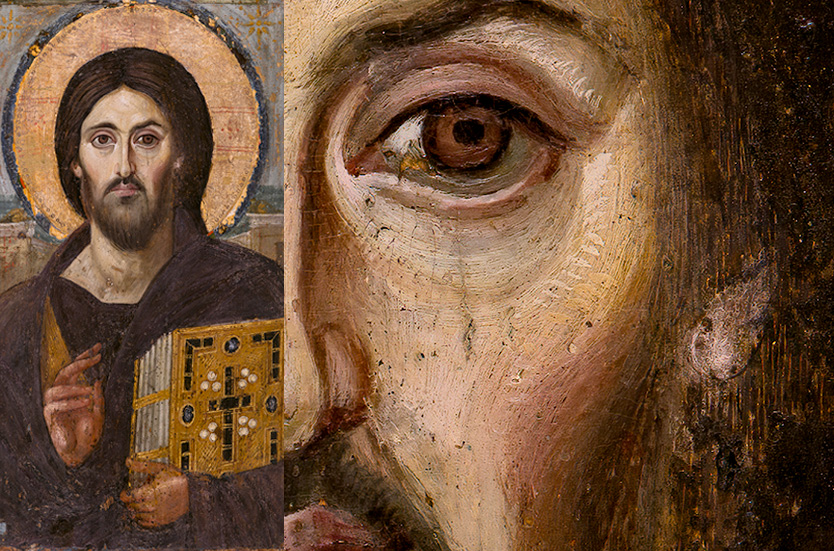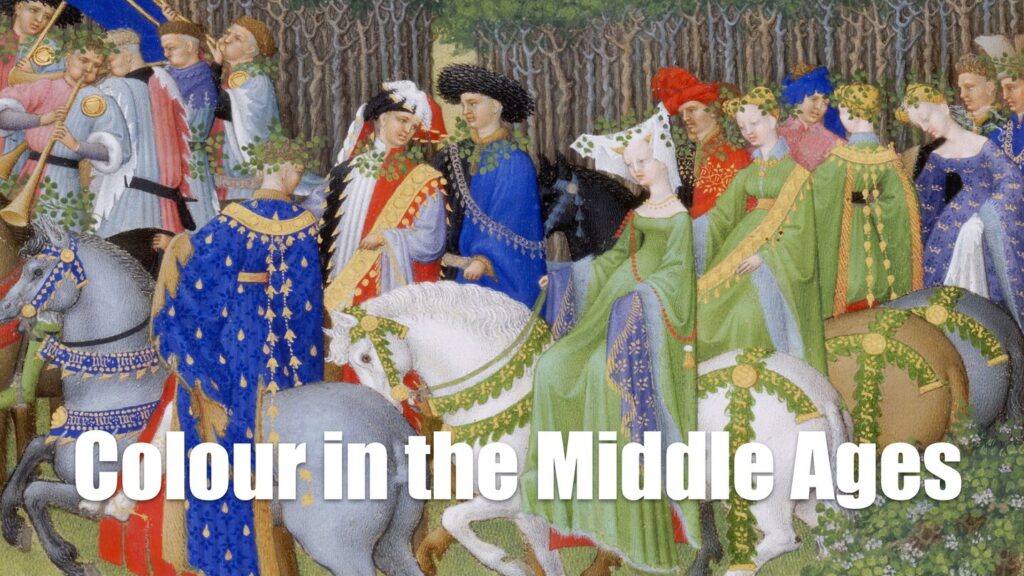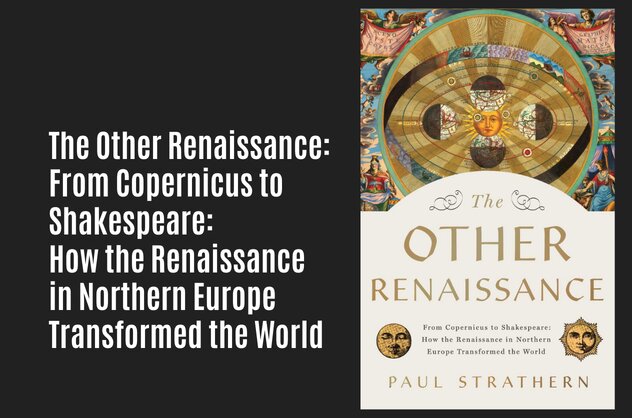The Strange Medieval Sculptures of Nidaros Cathedral
By Nancy Bazilchuk Noblemen and women, in fancy clothing and pearls – but with dragon wings and tails. A laughing man with a…
Saint Catherine’s Monastery Offers Certified Replicas of Iconic Byzantine Art
For the first time in its 1,500-year history, Saint Catherine’s Monastery is offering certified replicas of its most famous Byzantine icons. These replicas, available in actual size and true-to-life color, allow people worldwide to own a piece of this sacred art.
500-year-old artwork, found in rubbish dump, sells for £26,500
A 500-year-old engraving by a colossus of late medieval art—found at a rubbish dump by an 11-year-old boy—has been sold at auction this…
Madonna of the Pantheon Restoration Unveiled
The iconic Madonna of the Pantheon has been meticulously restored after a eight-month project. The revered medieval icon was unveiled last month.
New Medieval Books: Holbein at the Tudor Court
A look at the artist Hans Holbein and the dozens of portraits he created while at the court of King Henry VIII of England. Many of his drawings are explained in depth, revealing Holbein’s technique and style.
14th-century altarpiece ‘Madonna of the Snow’ restored
The Madonna of the Snow altarpiece, painted by Jacopo di Cione in the 14th century, has been restored and returned to the church of SS. Apostoli e Biagio in Florence.
Amazing Detail: The Gothic Boxwood Miniatures
When you look at these objects, which were made 500 years ago, you cannot help but ask: How could anyone create this?
Six Lives: The Stories of Henry VIII’s Queens begins at the National Portrait Gallery
Six Lives: The Stories of Henry VIII’s Queens opens today at the National Portrait Gallery in London. This exhibition reunites items last seen together when owned by the queens themselves, including never-before-displayed artifacts and a 16th-century portrait once thought lost.
Stunning Restoration Reveals Original Glory of Ambrogio Lorenzetti’s Medieval Crucifix
After three years of meticulous work, a medieval painted Crucifix by Ambrogio Lorenzetti has been restored, unveiling its original splendour as it appeared in the 14th century.
Colour in the Middle Ages
Here are seven vivid facts about colour in the Middle Ages
A 9th-century church room has been recreated in the Viking town of Ribe
You can now see what a medieval church looked like during the 9th century. Ribe VikingeCenter in Denmark has unveiled the interior of its Ansgar Church with 50 murals.
New Medieval Books: Islam in Europe
A catalogue that showcased the exhibition ‘Islam in Europe’ held at the Sam Fogg gallery in London in 2023. It details over 60 items that were part of the exhibition ranging from ceramics to carpets.
New Medieval Books: The Wars of the Roses: The Medieval Art of Graham Turner
An overview of the civil war in 15th-century England, this book showcases the artwork of Graham Turner, a leading modern-day artist who focuses on recreating historical scenes.
The Art of Medieval Anatomy with Taylor McCall
This week on The Medieval Podcast, Danièle speaks with Taylor McCall about what medieval people knew about internal medicine, where they learned it, and how they illustrated it.
Unveiling Fake Medieval Art through Science
In 1962, the Taft Museum of Art received an artwork as part of a donation – a beautiful painting depicting the crucifixion of Jesus. For the next sixty years it was believed to have been the work of an Italian Renaissance master. In reality, it was a fake.
‘Mona Lisa’ has toxic pigments, study finds
The mystery of the “Mona Lisa” lies not so much in her smile as in the painting techniques used by Leonardo da Vinci. Artist, engineer and architect, da Vinci was also an experimental chemist, with the “Mona Lisa” being his veritable laboratory.
New Medieval Books: Out of Bounds
A collection of nine essays that tackle different ways for scholars to approach art, and suggest that they should go beyond traditional boundaries in how they study the subject where artworks, artists and artistic knowledge all moved around the medieval world.
Detail in medieval painting reveals prehistoric artefact
Researchers believe that an object in a 15th-century painting is actually a handaxe that could be as much as 500,000 years old.
Revisiting the Cloisters Cross: A One-Day Colloquium
The Cloisters Cross is widely recognised as a masterpiece of late Romanesque art. Carved of walrus ivory, it appeared after World War II in a private collection and was subsequently acquired by the Metropolitan Museum in New York.
Bellini painting discovered in Croatia
A previously unknown work of the Renaissance master Giovanni Bellini has been discovered in Croatia. Painted around 1460, it depicts the Virgin and Child.
Newly discovered medieval painting goes to The Louvre
A medieval painting that was discovered in France in 2019 is now going to The Louvre. ‘The Derision of Christ’ by Cimabue was one of the most expensive paintings ever sold when it was auctioned for €24 million.
Intersections: Entanglements with Medieval and Renaissance Textiles, 1100-1550
Twelve papers from the 28th Medieval Postgraduate Colloquium at The Courtauld
Memento Mori: Medieval Images of Death
How death was expressed in art in the late Middle Ages.
New Medieval Books: The Art of Anatomy in Medieval Europe
There is a myth that medieval Europeans did not understand human anatomy and did not perform human dissections. Taylor McCall’s new book definitively disproves that and has the images to back it up.
New Medieval Books: The Other Renaissance
A work that straddles that Late Middle Ages and the Early Modern period, The Other Renaissance aims to give readers introductions to many important figures and their importance to the modern world.
























